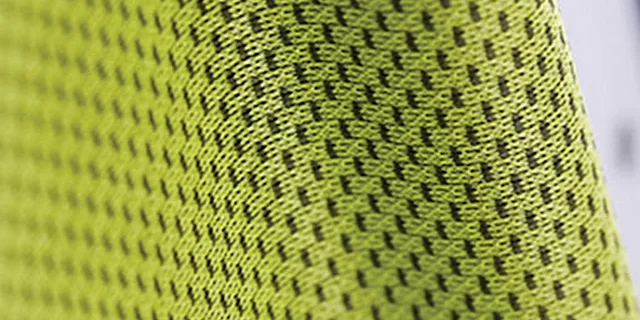The Science Behind Thermoregulation in Sportswear

Introduction:
When it comes to staying comfortable during physical activity, the type of clothing you wear can make a big difference. Sportswear is designed to regulate body temperature and keep the wearer cool and dry, but how does it work? In this blog post, we'll dive into the science of thermoregulation in sportswear and explore the key factors that contribute to thermal comfort.
The Process of Thermoregulation:
The human body is able to maintain a consistent temperature through the process of thermoregulation. A normal body temperature is 37°C, but when we engage in heavy physical activity like sports, the body heats up and goes through a self-thermoregulation process to bring the temperature back to normal. The heat loss process is used to transmit heat to the surrounding environment. This process involves a variety of mechanisms, including radiation, convection, conduction, and evaporation.
Thermal Comfort in Sportswear:
The key factors that contribute to the comfort of sportswear are air, water, moisture, and heat permeability. Clothing is designed to allow perspiration and evaporation to occur without interruption. Sportswear often uses knitted materials with a single layer, but single-layered knitted garments made of cotton yarns can become uncomfortable during strenuous activity because of their low moisture absorption rate. Cotton fibres are not ideal for sportswear because of their minimal wicking characteristics.
Multi-Layered Sportswear:
Multi-layered sportswear, such as bi-layered or tri-layered knitted systems, are more effective at regulating body temperature. These systems have different layers that perform specific functions. The inner layer, which is in direct contact with the skin, absorbs moisture and liquid and aids in the transportation of these particles to the outer layer. The outer layer, which is in direct contact with the outside atmosphere, supports the evaporation process and makes the wearer feel comfortable and moisture-free. In a tri-layer system, there is an additional middle layer that supports the transportation of moisture from the inner layer to the outer layer.
The most effective material combination for multi-layered sportswear is an outer layer made of cotton or viscose and an inner layer made of polypropylene yarn. This combination allows for faster evaporation of moisture on the outer layer and high wickability on the inner layer, leaving the wearer feeling cool and dry.
Why Multi-Layered System:
Multilayer sports clothing is better than single layer because it allows for more efficient regulation of body temperature and moisture management. In a single layer, the fabric may become wet and stick to the skin, causing discomfort. With multiple layers, each layer performs a specific function in regulating body temperature and managing moisture.
The inner layer, which is in direct contact with the skin, absorbs moisture and liquid and aids in the transportation of these particles to the outer layer. The outer layer, which is in direct contact with the outside atmosphere, supports the evaporation process and makes the wearer feel comfortable and moisture-free.
Multilayer fabrics have several properties that are better than single layer fabrics when it comes to thermoregulation and moisture management. These properties include:
-
Moisture Wicking: The inner layer of a multilayer fabric absorbs moisture and liquid from the skin, and transports it to the outer layers where it can evaporate more easily. This helps keep the wearer dry and comfortable.
-
Evaporation: The outer layer of a multilayer fabric is exposed to the outside atmosphere, and supports the evaporation process by allowing moisture to escape from the fabric more easily.
-
Temperature Regulation: The different layers of a multilayer fabric work together to regulate body temperature by trapping air between the layers, which acts as insulation. This helps keep the wearer warm in cold weather, and cool in hot weather.
-
Breathability: Multilayer fabrics are typically more breathable than single layer fabrics, which means they allow for better airflow and ventilation. This helps keep the wearer cool and dry during physical activity.
-
Durability: Multilayer fabrics are typically more durable than single layer fabrics, due to the multiple layers of fibers and materials used.
-
Comfort: Multilayer fabrics are typically more comfortable than single layer fabrics, as they keep the wearer dry and regulate temperature more effectively.
-
Variety: Multilayer fabrics offer more variety in terms of material choices, texture and properties than single layer fabrics, which allows for more specific needs and preferences of the end-users
Question: Which do you think is a better wicking property, Cotton or Polyester Fibre. Post your answer in comments.
Till next time take care, wear mask and #SwachhBharat